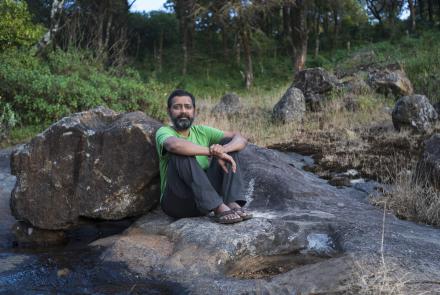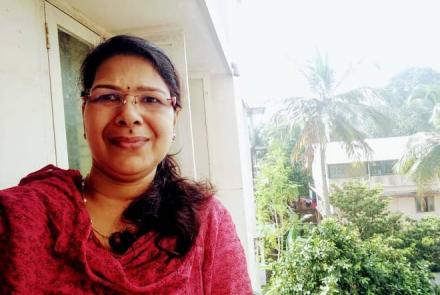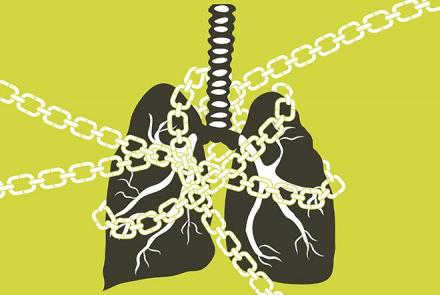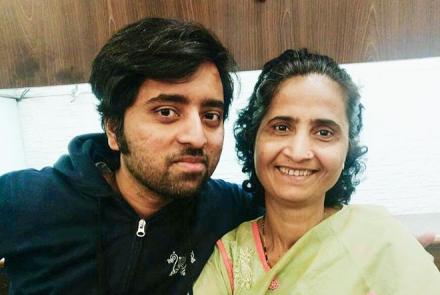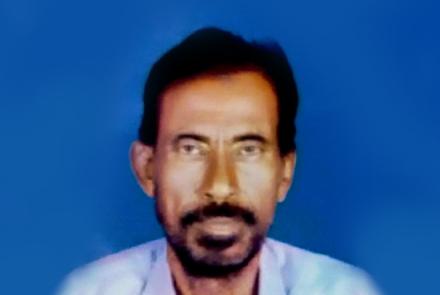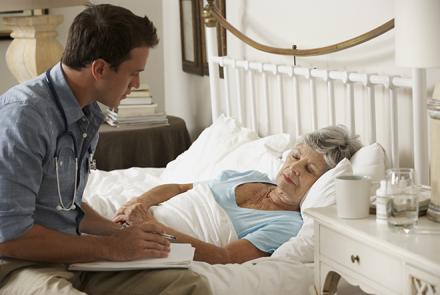
Dr Kumar Prabhash, Prof. Medical Oncology, Tata Memorial Hospital, Mumbai, gives insights into the different types and stages of lung cancer and outlines the benefits of targeted therapy as treatment.
How many different types of lung cancer are there?
Earlier lung cancer was classified only into two major types: Small cell lung cancers (SCLC) and Non-small cell lung cancers (NSCLC), based upon the microscopic appearance of the tumor cells. These two different types of cancers grow, spread as well as treated in completely different ways, so understanding these both and knowing the difference between these two is very important. Research has revealed the presence of several sub-types, each characterized by mutated genes and abnormal proteins. The advantage of these findings is that the new targeted therapies can be used to treat these cancers.
What are the different stages of lung cancer?
The stages of lung cancer indicate how much the cancer has spread. Evaluating the stage of lung cancer is important to decide on the treatment plan.
Non-small cell lung cancer has four main stages. In stage 1, the Cancer is found in the lung, but it has not spread outside the lung. Whereas when the cancer is found in the lung and also in nearby nodes is stated as stage 2. And when the cancer is in the lung and lymph nodes in the middle of the chest, is termed as stage 3. This stage has two sub-types - 3A when cancer is found in lymph nodes, but only on the same side of the chest where cancer first started growing, and stage 3B when cancer has spread to lymph nodes on the opposite side of the chest or to lymph nodes above the collarbone. The last stage is stage 4 when cancer has spread to both lungs, into the area around the lungs, or to distant organs.
Small-cell lung cancer (SCLC) has two main stages. Cancer is found in only one lung or nearby lymph nodes on the same side of the chest in the limited stage, while in the extensive stage, the cancer has spread to complete one lung, to opposite lung, to opposite side lymph nodes, to the pleural fluid and metastasised to distant organs and bone marrow.
Does stage play a major role in determining the choice of treatment?
Usually, lung cancer does not cause any symptoms in the early stages, and is therefore only diagnosed in later stage. The treatment of lung cancer depends on its type, size of the tumour, the extent to which it has spread and the condition of the patient. Determination of the stage of cancer is important in determining the choice of treatment.
A low-dose CT scan screening can help show any abnormalities in the lung as small as the size of a grain of rice. This helps to find Stage I curable lung cancer in asymptomatic high risk populations. This is important as the smaller the tumour is when detected; the less likely that there is metastasis, that is, spread of the cancer cells to other parts of the body. This gives the doctor more options for the treatment and the patient a higher chance of survival.
In stage 0 and state 1 NSCLC, surgery may be the only treatment needed. Taking out the affected area of lung and lymph nodes with a segmentectomy or lobectomy. Stage 2 NSCLC may need to be treated by removing the cancer affected portion of the lung or even the entire lung (pneumonectomy) along with affected lymph nodes. Chemotherapy and/or radiation may also be given to reduce the size of tumor prior to surgery, and after surgery to destroy any cancer cells that may have been left behind.
Stage 3A NSCLC may be treated with a combination of radiation, chemotherapy and surgery if the patient can tolerate surgery. The same is also for Stage 3B NSCLC but surgery may not be able to remove all the cancer that has spread. Treatment also depends on the patient’s overall health. Immunotherapy and targeted therapy can be of help in treating cancers in Stage 3A onwards till Stage 4 which is otherwise very difficult to treat.
What is targeted therapy for lung cancer?
Targeted therapies are the latest weapon in the doctor’s arsenal to fight Lung cancer. Targeted Therapy is a treatment that uses drugs or other substances that ‘target’ the cancer cells more precisely, thereby avoiding any damage to surrounding normal cells. Targeted therapies work by targeting specific areas in the cancer cells.
Research has shown that different types of cancer are due to specific gene changes. Targeted therapy hits these changes and helps in stopping and curing the cancer. Targeted therapy matches the therapy to a particular type of cancer in an individual patient which makes it more effective in treating certain types of cancer like lung cancer. The targeting of only specific cancer cells leads to fewer side-effects as compared to standard methods of treatment.
There are two main types of targeted therapy – Monoclonal antibodies, called as mAbs and Small molecule drugs. mAbs block a specific target on or around the cancer cells and prevent them from growing further. Given with standard treatment like chemotherapy, they help medication reach cancer cells better. mAbs are usually given intravenously, i.e. in the bloodstream. Small molecule drugs are usually taken orally and they work by preventing the growth and spread of cancer cells.
When is targeted therapy most effective for lung cancer?
Targeted therapy is most effective for Non-small cell lung cancer. Bevacizumab, a monocloanal antibody (mAb) acts by blocking growth of blood vessels in the tumors, and prevents the tumors from growing. Targeted therapy is often combined with chemotherapy.
What tests are required to identify candidates for targeted therapy?
Tests for identifying a patient for targeted therapy include testing the patient’s tumor tissue to determine if an appropriate target is present or not. Targeted therapy is most beneficial for patients whose tumor has a specific gene mutation that defines the target; patients without the mutation would not be candidates because in this case the therapy would have nothing to target.
A patient may also be selected for targeted therapy if the cancer has not responded to other therapies or is inoperable.
What is the cost of targeted therapy for stage 4 lung cancer?
The cost for targeted therapy starts from a lakh of rupees per month and depends on the type of therapy needed.

